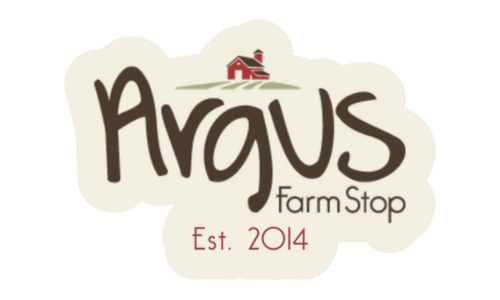
Slow and Steady Wins the Race: Michigan Strawberries at Slow Farm
Strawberries are one of the most popular fruits in the United States, but the vast majority of them are grown at the detriment to our soul health. One solution to the problem of mass production is for consumers to change the way they consume by purchasing produce in season from local farmers. In doing so, we guarantee that we are eating fruits and vegetables while they are most flavorful and nutritious. The benefit of purchasing strawberries from farms like Slow Farms is being able to know exactly where and how the berries are grown.
